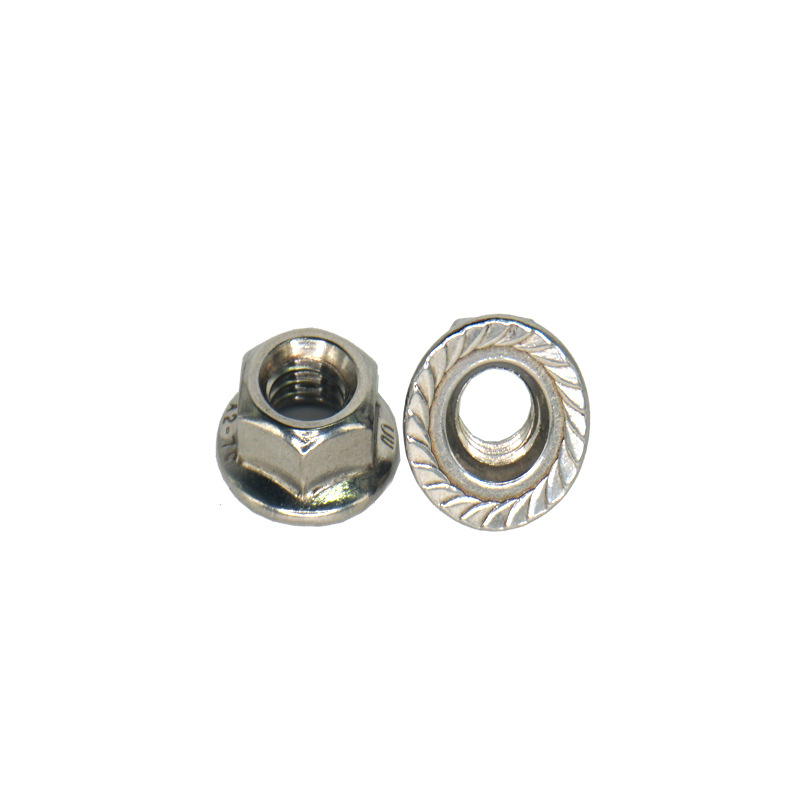

metal washers
Nov . 21, 2024 02:46 Back to list
metal washers
The Importance of Metal Washers in Engineering and Construction
In the world of engineering and construction, the smallest components often play a critical role in ensuring the stability, safety, and longevity of structures and machines. Among these components, metal washers are particularly significant. These seemingly simple discs are made from various types of metal and serve multiple essential functions in fastening and assembly applications.
What Are Metal Washers?
Washers are flat, ring-shaped hardware components installed between a nut and a surface or bolt head and a surface. They can be made from a variety of materials, but metal washers are popular due to their strength, durability, and resistance to wear and tear. Common metals used for washers include stainless steel, brass, aluminum, and carbon steel. Each material has unique properties making it suitable for specific applications.
Functions of Metal Washers
1. Load Distribution One of the primary functions of a metal washer is to distribute the load of a fastener over a larger area. This is crucial in avoiding damage to the surface being fastened. For instance, when a bolt is tightened, it creates a concentrated load on the surface underneath. A washer helps to spread this load, preventing any local deformation or rupture, especially in soft materials like wood or plastic.
2. Vibration Damping In many applications, machinery and equipment are subject to vibrations. Metal washers can help absorb some of this vibration, protecting components from loosening over time. Some washers are designed with specific features, like serrated edges, to improve grip and reduce the chance of movement, making them invaluable in dynamic environments.
3. Corrosion Protection Metal washers serve as a barrier between dissimilar metals, which can help prevent galvanic corrosion—a phenomenon that occurs when two different metals come into electrical contact in the presence of an electrolyte. By using a washer, you can minimize corrosion risks and extend the lifespan of the components involved.
metal washers

4. Sealing Certain types of metal washers, particularly those with a rubber or neoprene lining, can provide a sealing function. These composite washers are especially useful in applications where it is vital to protect components from moisture and other environmental factors, keeping systems clean and operational.
5. Alignment Washers can assist in aligning components during assembly, ensuring that everything is properly positioned. This is particularly important in intricate machinery where precision is key.
Applications of Metal Washers
The applications of metal washers are vast and varied. They are used in construction projects, automotive assembly, electrical equipment, and machinery manufacturing. In the automotive industry, metal washers play a role in assembling engines, transmissions, and suspension systems, contributing to the overall safety and reliability of vehicles.
In construction, washers are vital for securing beams, trusses, and heavy-duty fasteners, helping to ensure that buildings can withstand environmental stresses such as wind and earthquakes. In electronics, they are used to secure circuit boards and other components, promoting reliability and performance.
Conclusion
In conclusion, while metal washers may appear to be simple components, their importance in engineering and construction cannot be overstated. They enhance load distribution, reduce vibration, offer corrosion protection, provide sealing capabilities, and assist in alignment. With a diverse range of applications spanning various industries, the metal washer is a crucial element that contributes significantly to the integrity and longevity of mechanical assemblies and structures. Whether it's a high-performance vehicle or a sturdy bridge, the humble metal washer plays a quiet but essential role in keeping systems functioning smoothly and securely. As technology progresses and new materials are developed, the evolution of metal washers will continue to support advancement in engineering solutions for the future.
Latest news
-
Hot Dip Galvanized Bolts-About LongZe|High Strength, Corrosion Resistance
NewsJul.30,2025
-
High-Strength Hot Dip Galvanized Bolts - Hebei Longze | Corrosion Resistance, Customization
NewsJul.30,2025
-
Hot Dip Galvanized Bolts-Hebei Longze|Corrosion Resistance&High Strength
NewsJul.30,2025
-
High-Strength Hot-Dip Galvanized Bolts-Hebei Longze|Corrosion Resistance&High Strength
NewsJul.30,2025
-
Hot Dip Galvanized Bolts-Hebei Longze|Corrosion Resistance&High Strength
NewsJul.30,2025
-
Hot Dip Galvanized Bolts - Hebei Longze | Corrosion Resistance, High Strength
NewsJul.30,2025

